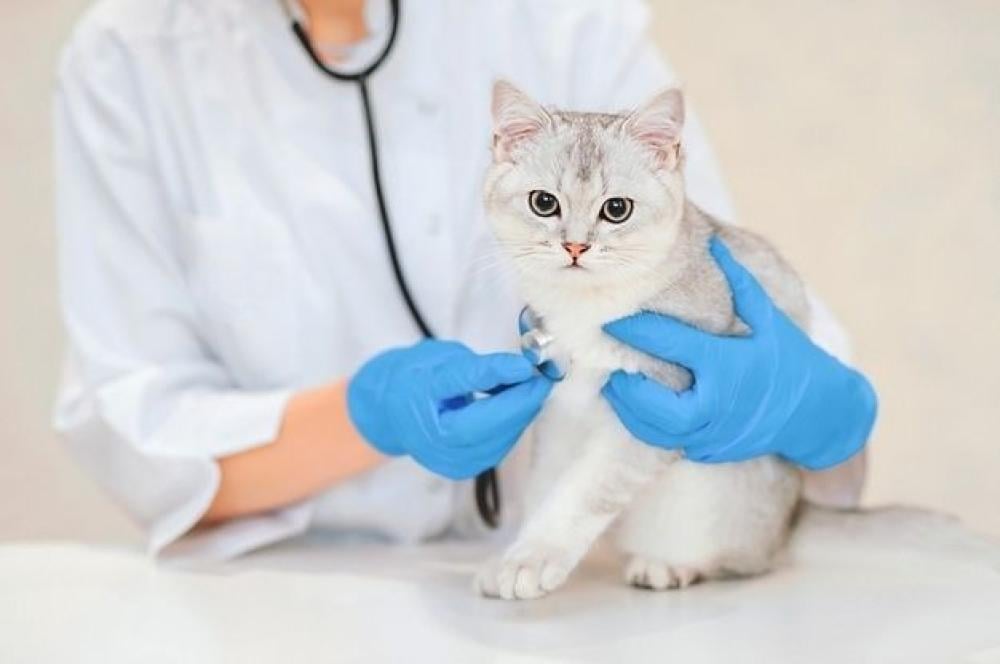The process of sterilizing female cats and castrating male cats
First: What is sterilization and castration?
• Spaying: is a surgical procedure in which the ovaries and uterus of a female cat are removed, thus permanently preventing her from becoming pregnant.
• Neutering/Castration: A surgical procedure in which the testicles are removed from a male cat, preventing sperm production and halting mating behavior.
Second: Benefits of sterilization and castration:
1. Controlling the number of cats
• Reduces the proliferation of stray cats, thus reducing their suffering, hunger and disease in the streets.
2. Health benefits
• Female cats: Reduces the risk of mammary cancer and uterine infections.
• Male cats: Reduces the risk of testicular cancer and some prostate problems.
3. Behavioral benefits
• Reduces quarrels between males and their desire to roam in search of females.
• Reduces strong-smelling urine spraying behavior in males.
• Prevents females from making annoying mating calls and screams during estrus.
Third: When is the operation performed?
• It is recommended to perform it between the ages of 4-6 months before cats reach sexual maturity.
• It can be performed at an older age if the cat is healthy.
Fourth: The process steps in brief:
1. Examine the cat to ensure its health before anesthesia.
2. Complete anesthesia of the animal
3. Small surgical incision
• In females: removal of the ovaries and uterus.
• In males: removal of the testicles.
4. Close the wound with surgical sutures (often dissolve over time)
5. Post-operative follow-up to ensure wound healing and prevent infection.
Fifth: Post-operative care:
• Keep the cat in a warm, quiet, closed place.
• Prevent her from licking the wound (using a medical collar).
• Giving her the medications prescribed by the doctor (painkillers or antibiotics).
• Monitor the wound daily to ensure there is no swelling or bleeding.
• Contact your veterinarian if you notice anything about the procedure.
Sixth: Misconceptions about sterilization and castration:
❌ “The cat must give birth once before being neutered” → Not true. There is no health benefit to this.
❌ “The operation is cruel to the animal” → On the contrary, it protects it from diseases and the difficult life of excess cats.
❌ “The cat will gain weight after the operation” → It may gain weight if its eating and activity are not monitored, but this can be controlled with good nutrition and play.
📌 In brief!
Spaying females and neutering males is a humane and healthy way for cats. It also protects the cat from serious diseases and helps it live a calm and healthier life.

